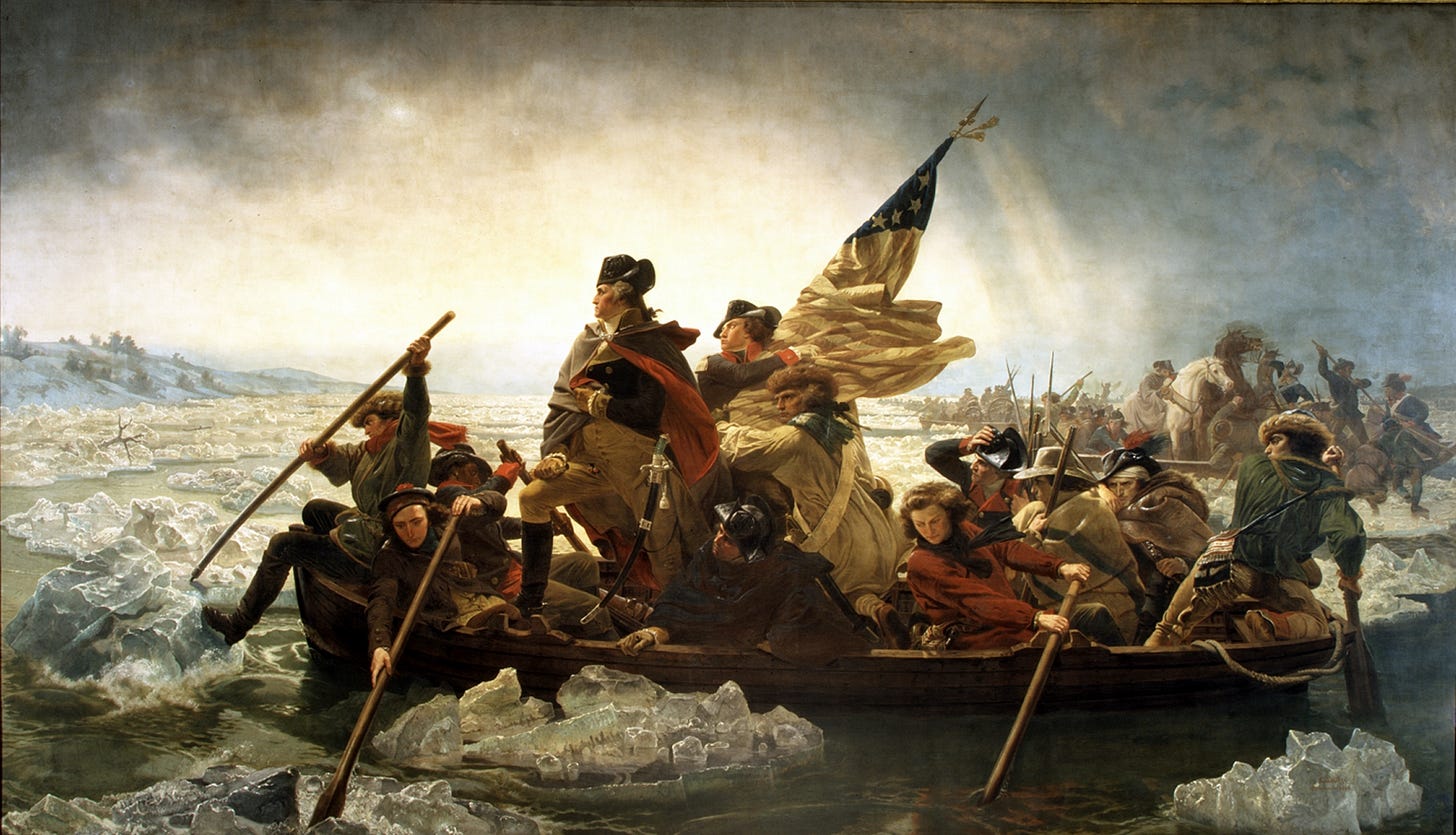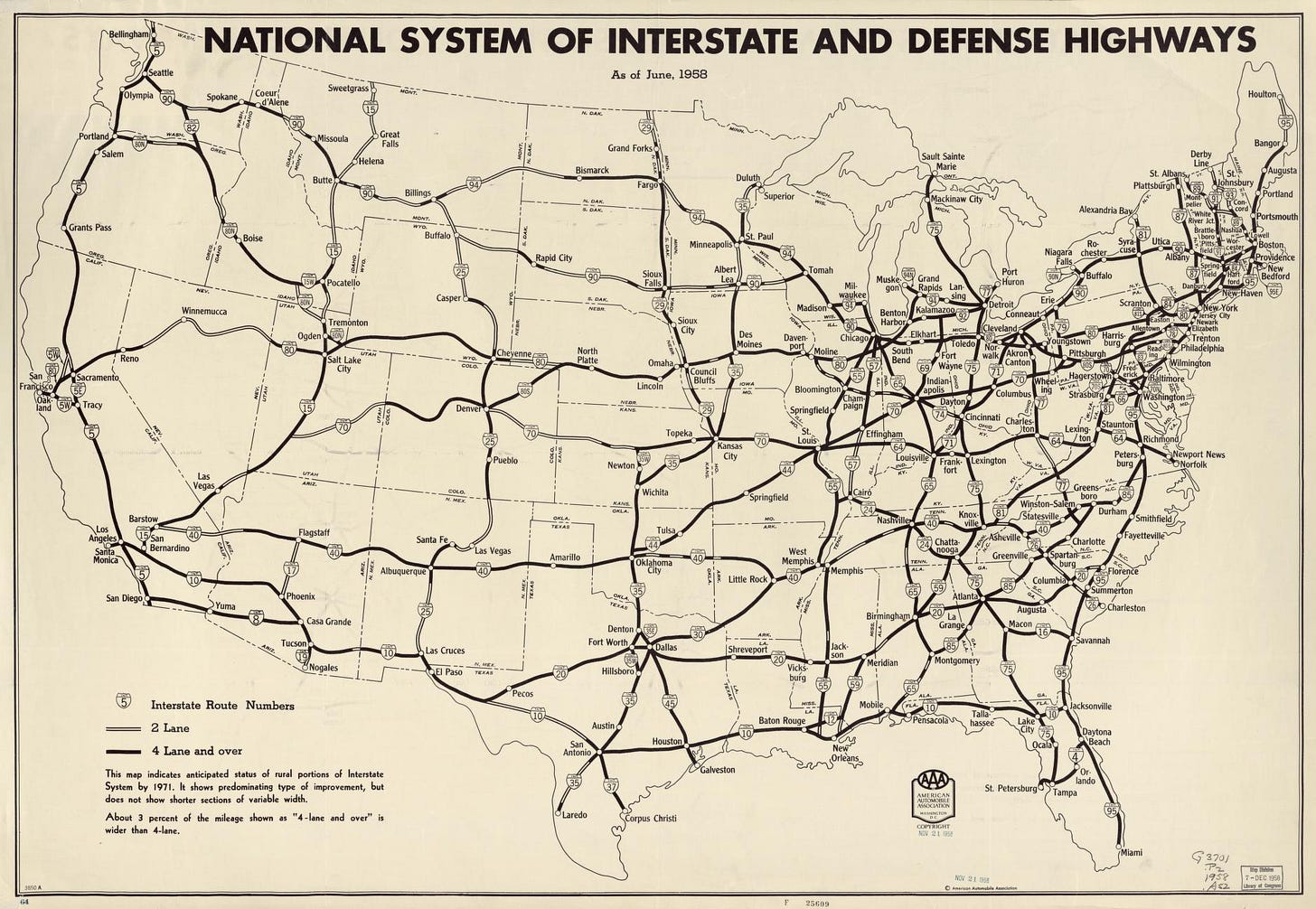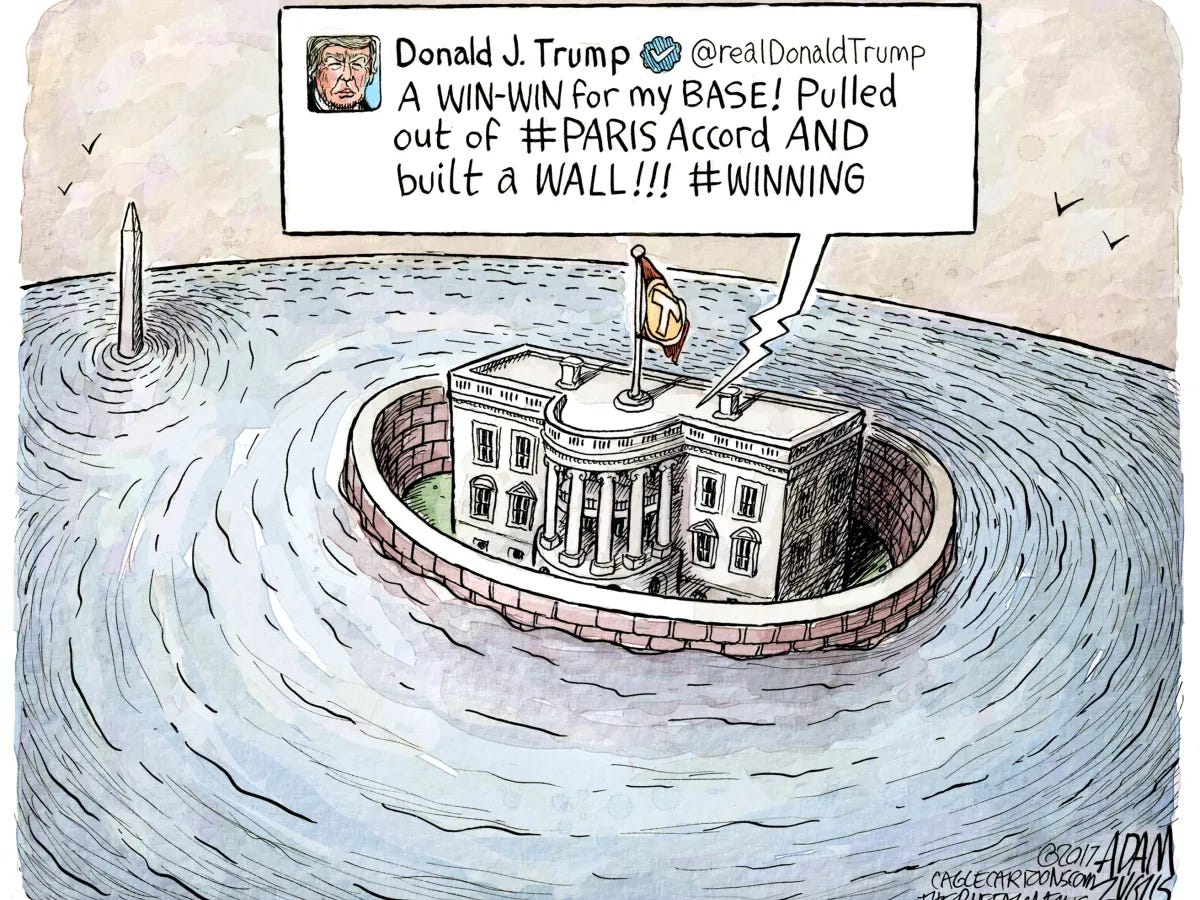America Needs a Commander, Not a Manager
Three Visions, Three Crises: How Roosevelt, Eisenhower, and Trump Reshaped America
In moments of crisis, the presidency becomes more than an office. It becomes the pivot point for the nation's future. The way presidents respond reveals not just their priorities, but their belief in who government should serve.
This article compares three American presidents-Franklin D. Roosevelt, Dwight D. Eisenhower, and Donald J. Trump-each of whom governed during times of major national disruption.
Roosevelt and Eisenhower confronted their moments by investing in the American people. They built programs and infrastructure to support working families, expand opportunity, and strengthen the nation's long-term capacity.
Their policies lifted millions out of poverty, expanded education and employment, and laid the groundwork for a stronger, more equitable economy.
Trump, by contrast, centered his presidency around a nationalist message but implemented a policy agenda that largely benefited corporations and wealthy individuals.
Instead of investing in the workforce or expanding access to education and health care, his administration cut taxes for the top income brackets, deregulated industry, and proposed steep reductions to programs that support working families.
This article outlines the stark contrast between leaders who saw government as a tool to elevate the population and one who used it to consolidate power and protect elite interests.
It also situates this debate in a global context, where rising powers like China have grown by doing what America once did: invest in people, build infrastructure, and prioritize national development over private enrichment.
The American project now stands at a fork in the road. Will the country build for the many, or protect the few?
Employment, Infrastructure, and Deregulation
Roosevelt: Lifting from the Bottom Up
Faced with the Great Depression, Roosevelt used federal power to deliver jobs, income, and dignity to millions of unemployed Americans. Through programs like FERA and CWA, more than 20 million Americans were placed on state and local payrolls during 1933 and 1934, offering immediate relief and winter work to keep families afloat. The WPA later employed 8.5 million people, paving over 650,000 miles of roads and building 75,000 bridges-physical proof of a government willing to guarantee employment.

The CCC targeted unemployed young men, funneling $25 of each $30 monthly wage directly to their families. These in-kind cash transfers acted as lifelines to households with no other income. The TVA’s 29 hydroelectric dams brought affordable electricity to an 80,000-square-mile region, lifting entire communities. Though visionary, these programs were marked by inequality-many were segregated by race and gender, and women were assigned lower-paid roles deemed “relief” work.
Faced with the Great Depression, Roosevelt used federal power to deliver jobs, income, and dignity to millions of unemployed Americans. The WPA, CCC, and TVA were not just job programs. They built long-term infrastructure and brought electricity, roads, and schools to underdeveloped regions.
These programs transformed rural economies and created the foundation for future growth. Though deeply flawed in their exclusion of women and people of color, the New Deal showed what government could do when mobilized at scale.
Eisenhower: Building the Framework for Private Growth
Eisenhower did not undo Roosevelt's legacy. Instead, he accepted it and layered onto it a pragmatic philosophy of national development. His administration launched the Interstate Highway System, a 41,000-mile network funded 90 percent by the gas-tax-fed Highway Trust Fund. It generated returns of up to $6 in productivity for every $1 spent, spurred suburban growth, and enabled efficient logistics.
Eisenhower also expanded Social Security coverage and raised the minimum wage while pursuing a balanced budget agenda. He achieved surpluses in three out of eight years and reduced federal outlays as a share of GDP, from 20.4 percent to 18.4 percent. His “New Look” defense strategy shifted costs from conventional troops to nuclear deterrence, but also entrenched the permanent military-industrial complex he warned against in his 1961 Farewell Address.
Eisenhower did not undo Roosevelt's legacy. Instead, he accepted it and layered onto it a pragmatic philosophy of national development. His administration launched the Interstate Highway System, enabling commerce, suburban expansion, and industrial logistics. Unlike Roosevelt, Eisenhower relied on public-private partnerships and user-based taxes rather than direct federal employment.
The result was a boost in productivity and mobility. However, it also accelerated white flight, devastated urban communities, and cemented racial and spatial inequalities.
Trump: Deregulation and Retrenchment
Rather than building anew, Trump focused on reducing regulation, cutting taxes, and renegotiating trade deals. His administration launched a deregulatory blitz that rolled back Clean Air and Water protections, shrank environmental reviews under NEPA, and withdrew from the Paris Agreement.
The Tax Cuts and Jobs Act slashed the corporate tax rate to 21 percent and delivered disproportionate benefits to the top 1 percent-around $61,000 on average-compared to $910 for the middle quintile. The law added over $1 trillion to the national debt and produced little wage growth for most workers.
USMCA, the updated NAFTA, mandated that 75 percent of auto parts be made in North America and introduced a Labor Value Content rule. However, the projected GDP impact was just 0.35 percent. Meanwhile, steel and aluminum tariffs imposed on China and the EU raised prices by approximately $625 per household per year.
Rather than building anew, Trump focused on reducing regulation, cutting taxes, and renegotiating trade deals. His administration claimed this would unleash economic growth, especially in energy and manufacturing. But studies show the benefits largely flowed to corporations and high-income earners.
USMCA, the updated NAFTA, included stronger labor rules but had modest effects on wages or job growth. Tariffs intended to protect American workers mostly raised costs for consumers, acting as indirect taxes on households.
Who Pays and Who Benefits?
Roosevelt: Taxing the Top to Fund the Many
To fund the New Deal, Roosevelt raised taxes on the wealthiest Americans. The Revenue Act of 1935 hiked the top income tax rate to 79 percent.
Most Americans paid little or no federal income tax. The funds supported massive job programs and public works, reinforcing the idea that the wealthiest should help rebuild the nation.
Eisenhower: Fiscal Balance with a Safety Net
Eisenhower supported Social Security and increased the minimum wage. But his priority was balanced budgets. His administration achieved surpluses in several years and reduced federal spending as a share of GDP.
He warned that unchecked military spending would divert resources from public needs. His Farewell Address introduced the concept of the military-industrial complex, a lasting concern for American democracy.
Trump: Upward Redistribution and Deficits
Trump's 2017 Tax Cuts and Jobs Act cut corporate taxes from 35 to 21 percent and gave high-income earners the largest tax benefits. Middle-class households received modest and temporary cuts. The policy added trillions to the national debt.
Simultaneously, tariffs increased costs for U.S. consumers. While framed as pro-worker, the combined effect of tax cuts and tariffs shifted the burden onto the middle class without improving economic security.
Foreign Policy and Domestic Repercussions
Roosevelt: War as Economic Mobilization
While the New Deal reduced suffering, it was World War II that ended the Depression. Federal mobilization turned factories into production engines, dropping unemployment to 1.2 percent by 1944.
This created a robust industrial base that supported postwar prosperity and American global dominance.
Eisenhower: Cold War Prudence
Eisenhower’s strategy of massive nuclear deterrence kept military costs lower than large-scale conventional forces. It allowed for domestic investment but created a permanent defense industry.
His later warnings reflected concern that America might lose its democratic character if national priorities skewed too far toward security at the expense of civil society.
Trump: Disruption over Alliance
Trump exited multilateral agreements, prioritized bilateral trade deals, and imposed tariffs on allies and rivals.
His America First doctrine treated trade as a zero-sum competition. But evidence shows limited gains for workers and increased consumer costs. Foreign policy served domestic narratives, but its economic results were uneven.
China, the American Dilemma, and the Fork in the Road
China’s rise offers a critical comparison. Through infrastructure development, poverty reduction, and industrial strategy, China has lifted hundreds of millions from poverty and built a globally competitive economy. It did so not by deregulating or enriching elites, but by investing in national capacity and long-term goals.
America now faces a dilemma. It is increasingly impossible to serve the wealthy few and improve life for the many at the same time. Roosevelt chose the many and built a foundation. Eisenhower tried to balance both. Trump prioritized the few. A second Trump term promises to deepen that divide.
The choice ahead is clear. Build for the people, as China has done and Roosevelt once did. Or continue prioritizing short-term gains for the elite, risking the hollowing out of America’s social and economic strength.
Other nations are building. The question now is whether the United States still can or will.





